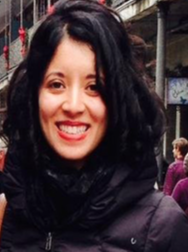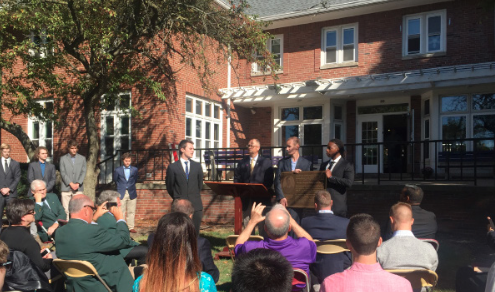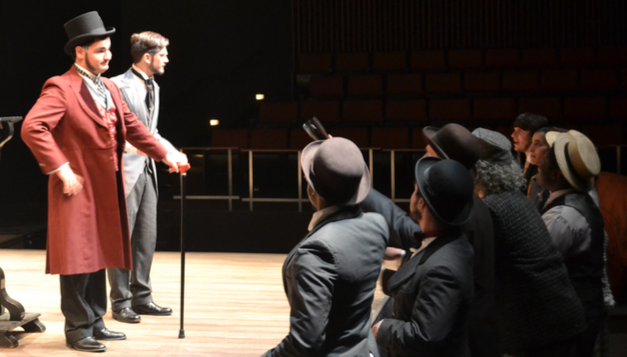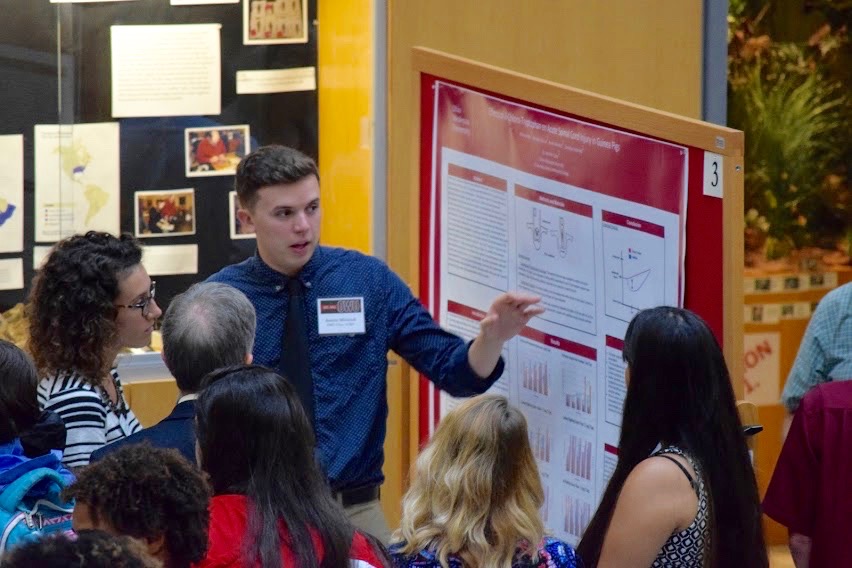By Alanna Henderson, Transcript Correspondent
On Oct. 5, Anna Flagg was a guest speaker at Ohio Wesleyan’s Sagan National Colloquium lecture series called “Data In Our Lives” and spoke about the importance of humanizing data.
‘Changing region, changing lives’ by the Washington Post is an example to humanize data, according to Flagg.
Flagg studied mathematics and computer science at the University of Toronto and received her master’s degree from the University of British Columbia in human and computer interaction. She began working with these skills in industries such as Silicon Valley, but soon came to the realization that was not where she wanted to work.
Flagg spent four months freelancing and became a data journalist. Flagg said, “I’ve always wanted to use what I love to do, math and art to help myself and hopefully others better understand things that are important for us to understand.”
Flagg is a data journalist and interactive reporter for the Marshall Project, a nonprofit news organization about those affected by the criminal justice system.
She has covered NSA surveillance, campaign finance, military spending,and the environment for other news organizations including Al Jazeera, ProPublica and the Center for Responsive Politics.
Senior Matt Maier attended Flagg’s presentation. Maier said, “I thought how she did her presentation was very interesting. I was confused at times, but I thought it was interesting as to how she corresponded the data with journalism.”
Her presentation covered what steps it takes to humanize data in journalism and how that can create larger emotional impacts on readers. In an article published by the New York Times titled ‘Creativity vs. Quants,’ it explains that data is ‘antithetical to creativity’ and that data is actually lacking in humanity and is dehumanizing.
Data journalism is heavy on visual aspects and journalists like Flagg feel it is important to make numbers more than just a number. Instead, data journalists want readers torealize the statistic is not just a number, but a person.
Flagggave the example of a dot – a dot in data represents a person, but in reality, that person is so much more than a dot.
The steps to humanizing data include data collection, analyzing the data, the delivery of the data and lastly, the presentation of the data.
Examples of humanizing data in journalism ranged from looking inside a virtual torture prison in Syria to the songs a girl listened to through important stages in her life.
“Data is just a tool, like any other tool. It can be used however you want,” Flagg said.







